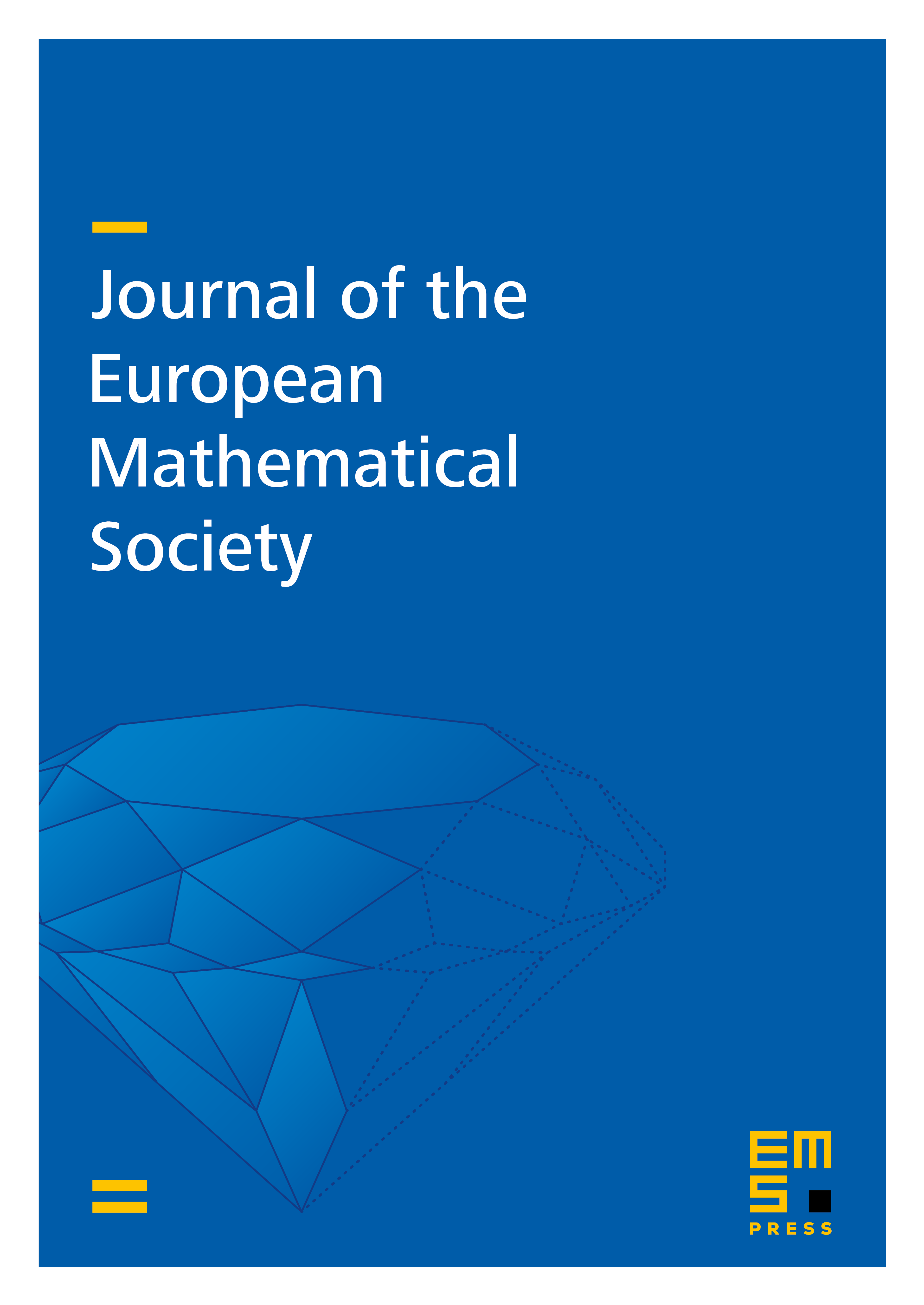Structure of second-order symmetric Lorentzian manifolds
Oihane F. Blanco
Universidad de Granada, SpainJosé M. M. Senovilla
Universidad del Pais Vasco, Bilbao, SpainMiguel Sánchez
Universidad de Granada, Spain

Abstract
Second-order symmetric Lorentzian spaces, that is to say, Lorentzian manifolds with vanishing second derivative of the curvature tensor , are characterized by several geometric properties, and explicitly presented. Locally, they are a product where each factor is uniquely determined as follows: is a Riemannian symmetric space and is either a constant-curvature Lorentzian space or a definite type of plane wave generalizing the Cahen–Wallach family. In the proper case (i.e., at some point), the curvature tensor turns out to be described by some local affine function which characterizes a globally defined {parallel lightlike direction}. As a consequence, the corresponding global classification is obtained, namely: any complete second-order symmetric space admits as universal covering such a product . From the technical point of view, a direct analysis of the second-symmetry partial differential equations is carried out leading to several results of independent interest relative to spaces with a parallel lightlike vector field—the so-called Brinkmann spaces.
Cite this article
Oihane F. Blanco, José M. M. Senovilla, Miguel Sánchez, Structure of second-order symmetric Lorentzian manifolds. J. Eur. Math. Soc. 15 (2013), no. 2, pp. 595–634
DOI 10.4171/JEMS/368